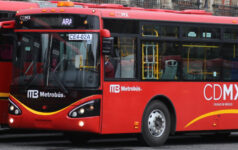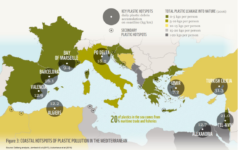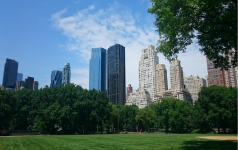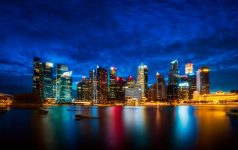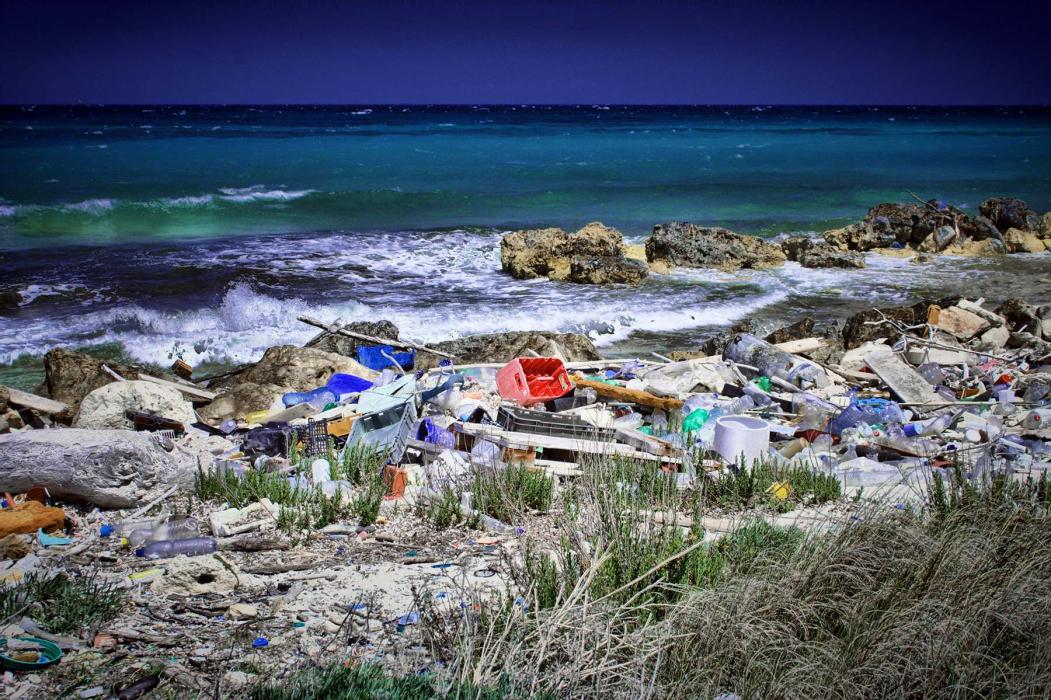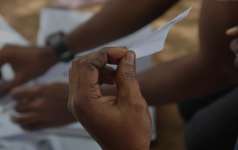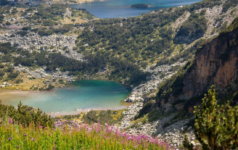Dalberg uses cookies and related technologies to improve the way the site functions. A cookie is a text file that is stored on your device. We use these text files for functionality such as to analyze our traffic or to personalize content. You can easily control how we use cookies on your device by adjusting the settings below, and you may also change those settings at any time by visiting our privacy policy page.
New York City is one of the first and largest cities in the United States to recognize the importance of reducing greenhouse gas (GHG) emissions and to commit to leading by example.
In 2007, under the leadership of Mayor Michael Bloomberg, the City launched PlaNYC, an unprecedented effort to make New York City a greener, greater city and prepare for the economic opportunities and environmental challenges ahead. At the heart of PlaNYC is a commitment to reduce the city’s greenhouse gas emissions 30 percent below 2005 levels by 2030.
Through the work of more than 25 City agencies in developing policy, enhancing infrastructure, and making capital investments, remarkable progress has already been made toward fulfilling the plan’s goals. The City has planted 750,000 new trees, developed hundreds of acres of new parkland, created better access to public transportation, and enacted the country’s most ambitious green building laws. Already the city’s GHG emissions have shrunk by 16 percent.
The individual actions of over eight million New Yorkers can also drive significant environmental change. The countless decisions New Yorkers make every day, e.g. whether to drive or take public transit, and which kind of light bulb to buy, add up—fast. In 2011, residential energy use and driving activities accounted for more than half of the city’s GHG emissions. Significant environmental change cannot happen without the support and engagement of New Yorkers. For example, compliance with laws such as the one that prohibits car idling is inherently an individual action that is essential to achieving the policy objective of reducing air pollution. Apart from laws and policies, residents can also drive positive change through voluntary actions.
Recognizing the importance of individual behavior in reducing GHG emissions, the City launched GreeNYC as the public education arm of PlaNYC. GreeNYC seeks to catalyze and harness the power of ordinary New Yorkers to help reduce the city’s GHG emissions and improve environmental quality. To do so, GreeNYC conducts strategic education campaigns utilizing several channels, including out-of-home media, digital communications, radio, events, City-owned assets, and partnerships with City agencies and private sector companies. With a strong brand supported by the recognizable “Birdie” mascot, GreeNYC’s strategic education campaigns include encouraging residents to switch to energy-efficient light bulbs, stop car engine idling, and drink tap water. To enhance the effectiveness of its outreach, GreeNYC sought to better understand how New Yorkers think about and behave toward the environment, which actions have the potential for the most impact, and what would motivate residents to engage in those actions. The Mayor’s Office of Long-Term Planning and Sustainability (OLTPS) commissioned research by consulting firms Dalberg Advisors and GlobeScan.
The main questions addressed by the research and this study here:
- What are the most impactful actions New Yorkers can take to reduce the city’s GHG emissions and improve environmental quality?
- What messaging would motivate New Yorkers to take these actions?
- How can GreeNYC assess its effectiveness and measure the contribution of residents toward PlaNYC goals?
The study quantified the environmental benefits of more than 200 individual actions—such as recycling more paper, insulating windows, changing dishwasher settings— and highlighted those with the greatest potential for helping reduce the city’s GHG emissions and improving environmental quality. A supporting survey of more than 2,000 New Yorkers provided a fascinating glimpse into current environmental behavior and outlined what messages or incentives would motivate residents to do more.
The findings are an unprecedented study of urban environmental behavior, motivation, and actions that can guide GreeNYC’s campaigns. They also provide undeniable confirmation of the potential of ordinary New Yorkers to make their city a greener, greater place.





